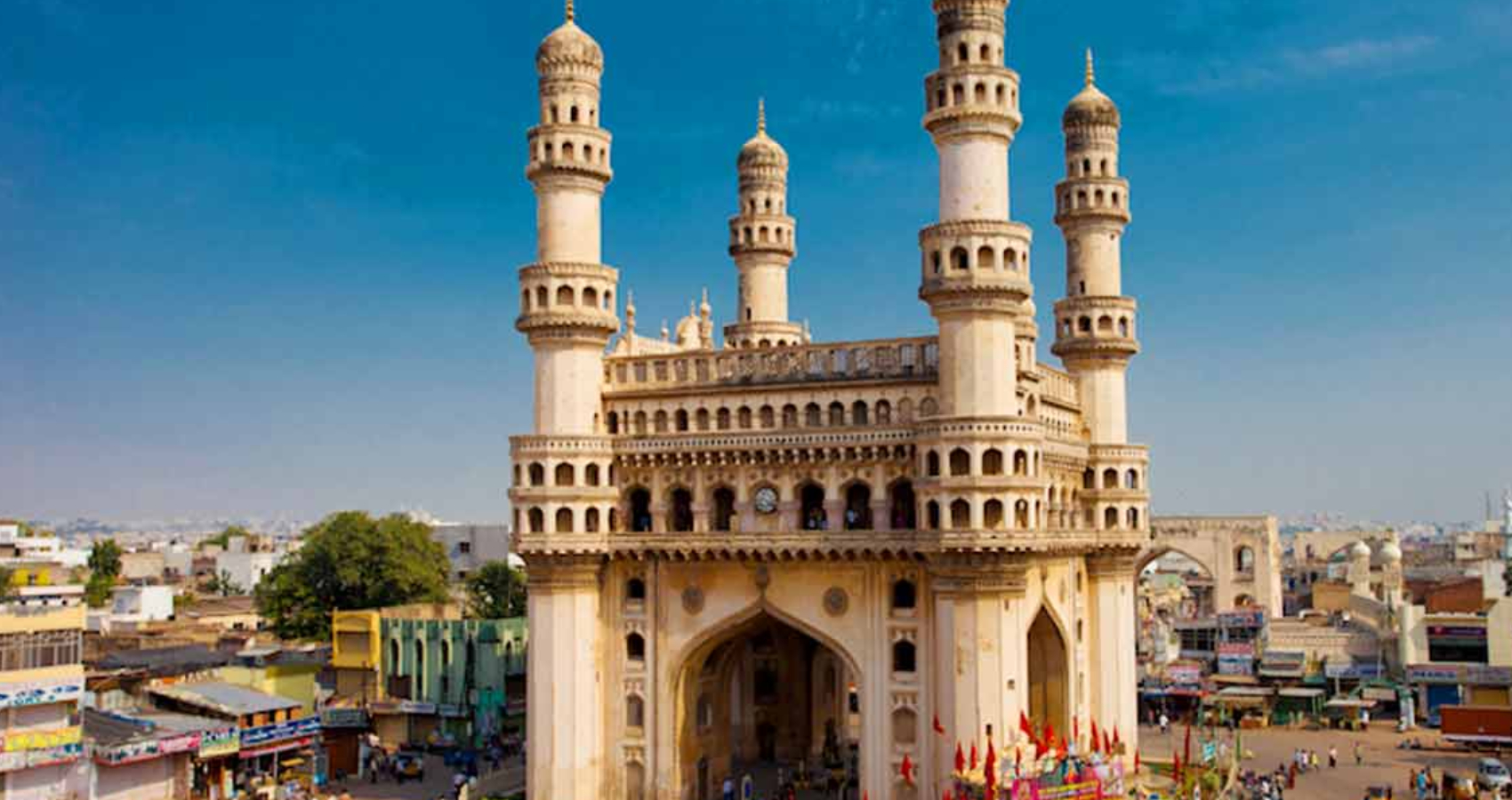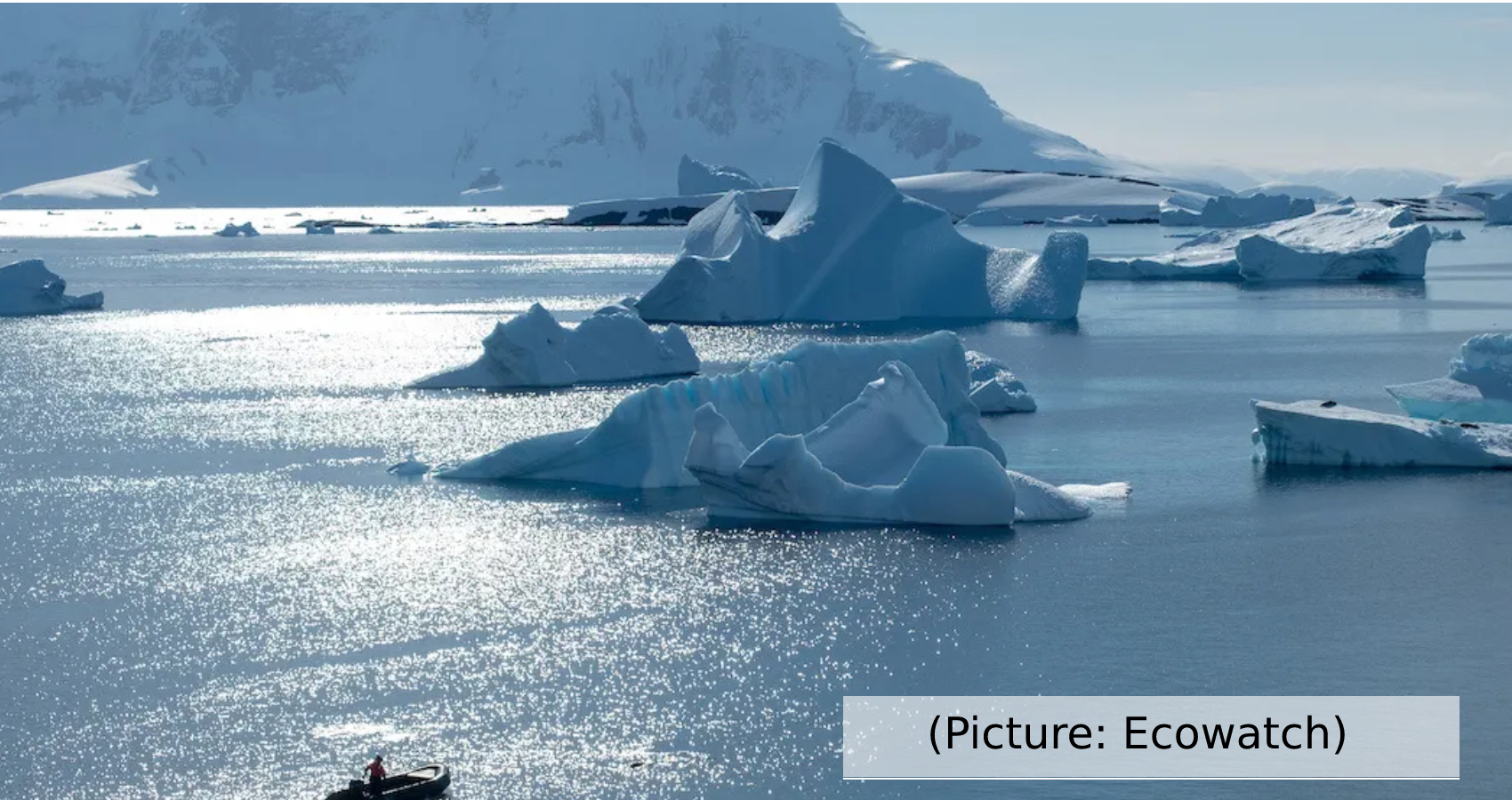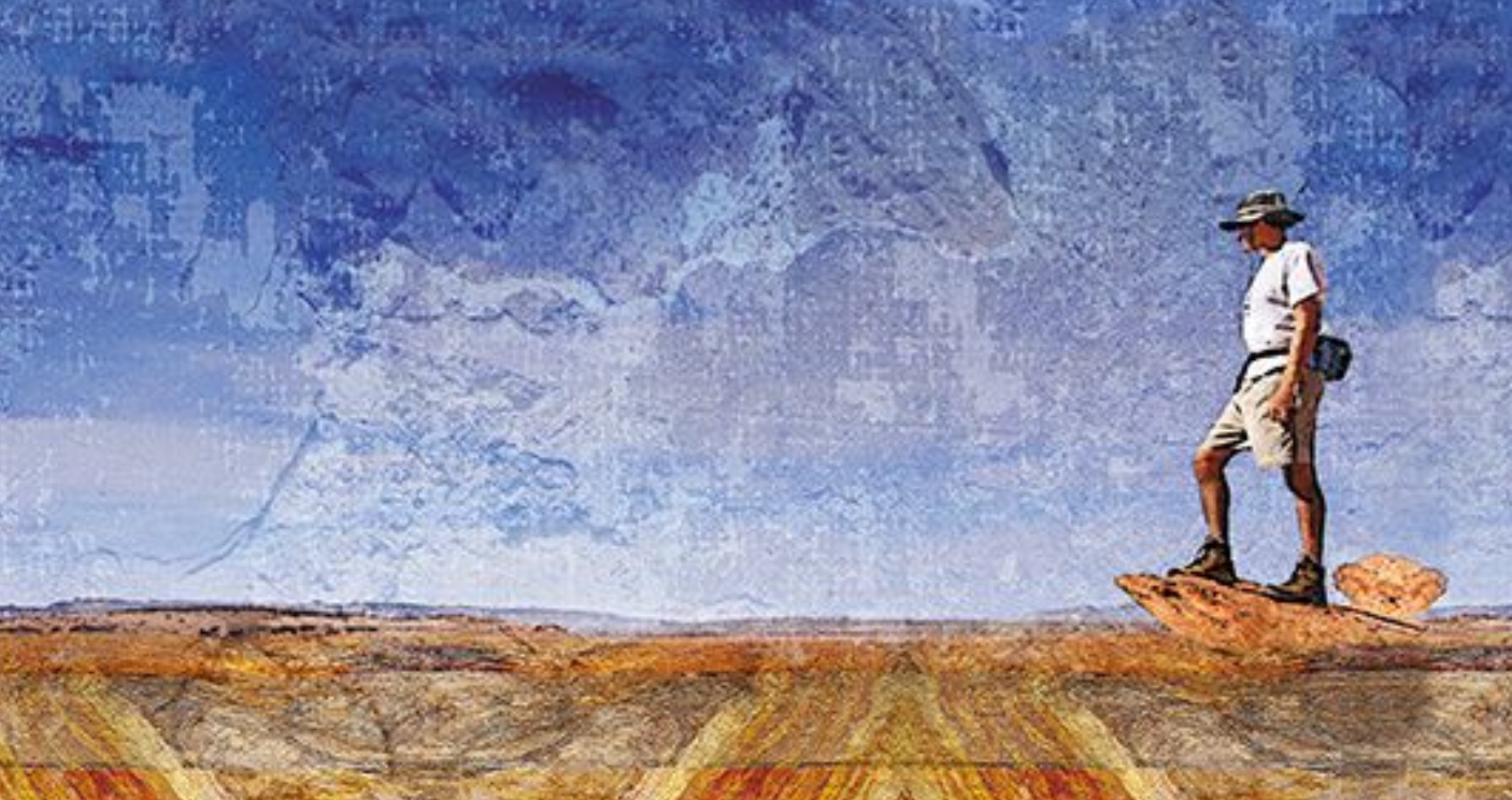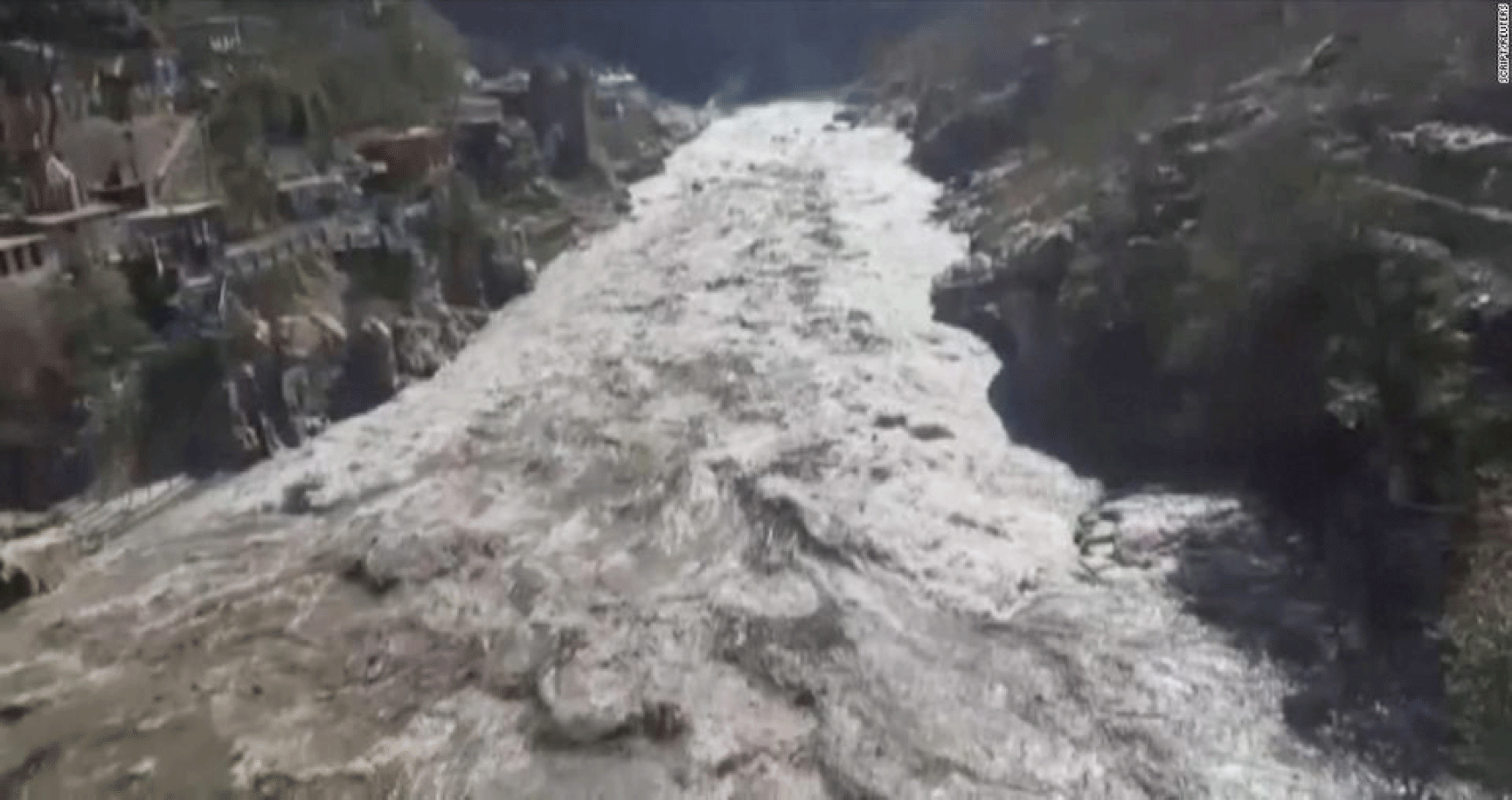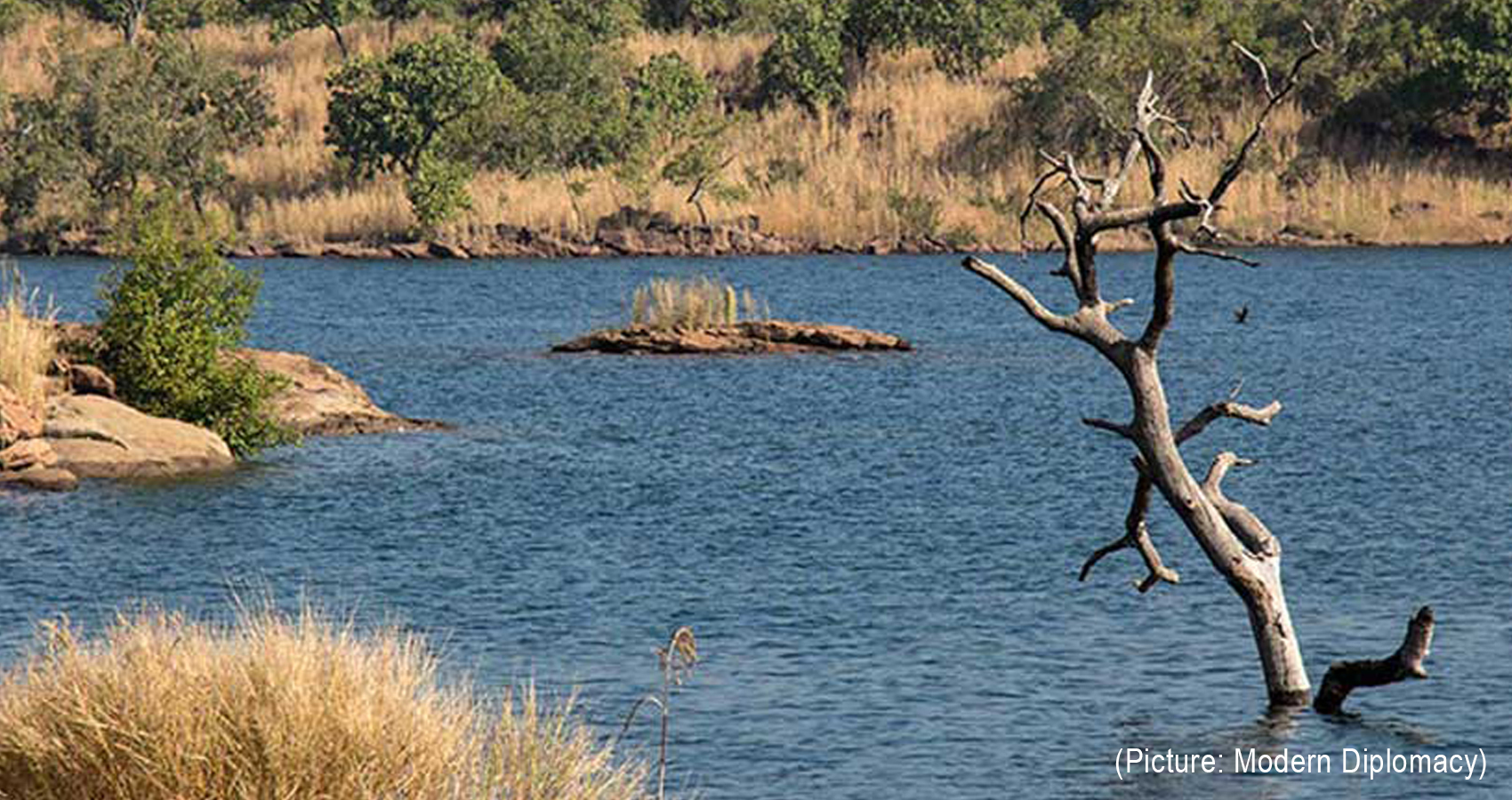Two-thirds of people think the climate crisis is a “global emergency”, according to a UN poll, the biggest ever on the environment. Younger people showed the greatest concern, with 69% agreeing, but 58% of those over 60 also agreed, so perhaps the green generation gap is slimmer than we thought.
Described as the biggest climate survey yet conducted, UN Development Programme (UNDP)’s “People’s Climate Vote” poll also showed that people supported more comprehensive climate policies to respond to the challenges. The survey covered 50 countries with over half the world’s population.
“The results of the survey clearly illustrate that urgent climate action has broad support amongst people around the globe, across nationalities, age, gender and education level,” Achim Steiner, UNDP Administrator said in a news release.
The poll also showed “how” people want their policymakers to tackle the climate crisis.
“From climate-friendly farming to protecting nature, and investing in a green recovery from COVID-19, the survey brings the voice of the people to the forefront of the climate debate. It signals ways in which countries can move forward with public support as we work together to tackle this enormous challenge,” Mr. Steiner added.
The facts you need to know about the Climate Emergency:
The science of climate change is well established:
Climate change is real and human activities are the main cause. (IPCC)
The concentration of greenhouse gases in the earth’s atmosphere is directly linked to the average global temperature on Earth. (IPCC)
The concentration has been rising steadily, and mean global temperatures along with it, since the time of the Industrial Revolution. (IPCC)
The most abundant greenhouse gas, accounting for about two-thirds of greenhouse gases, carbon dioxide (CO2), is largely the product of burning fossil fuels. (IPCC)
IPCC was set up by the World Meteorological Organization (WMO) and the United Nations Environment Programme (UNEP) to provide an objective source of scientific information on climate change. In 2013, the IPCC provided a globally peer-reviewed report about the role of human activities in climate change when it released its Fifth Assessment Report. The report was categorical in its conclusion: climate change is real and human activities, largely the release of polluting gases from burning fossil fuel (coal, oil, gas), is the main cause.
What are the effects and impacts of climate change?
Impacts of a 1.1-degree increase are here today in the increased frequency and magnitude of extreme weather events from heatwaves, droughts, flooding, winter storms, hurricanes and wildfires. (IPCC)
The global average temperature in 2019 was 1.1 degrees Celsius above the pre-industrial period, according to WMO.
2019 concluded a decade of exceptional global heat, retreating ice and record sea levels driven by greenhouse gases produced by human activities. (WMO)
Average temperatures for the five-year (2015-2019) and ten-year (2010-2019) periods are the highest on record. (WMO)
2019 was the second hottest year on record. (WMO)
The total annual global greenhouse gas emissions reached its highest levels in 2018, with no sign of peaking. (EGR, 2019).
Based on today’s insufficient global commitments to reduce climate polluting emissions, emissions are on track to reach 56 Gt CO2e by 2030, over twice what they should be. (EGR, 2019)
What do we need to do to limit global warming and act on climate change?
To prevent warming beyond 1.5°C, we need to reduce emissions by 7.6% every year from this year to 2030. (EGR, 2019)
10 years ago, if countries had acted on this science, governments would have needed to reduce emissions by 3.3% each year. Every year we fail to act, the level of difficulty and cost to reduce emissions goes up. (EGR, 2019)
Nations agreed to a legally binding commitment in Paris to limit global temperature rise to no more than 2°C above pre-industrial levels but also offered national pledges to cut or curb their greenhouse gas emissions by 2030. This is known as the Paris Agreement. The initial pledges of 2015 are insufficient to meet the target, and governments are expected to review and increase these pledges as a key objective this year, 2020.
The updated Paris Agreement commitments will be reviewed at the climate change conference known as COP 26 in Glasgow, UK in November 2021. This conference will be the most important intergovernmental meeting on the climate crisis since the Paris agreement was passed in 2015.
The success or otherwise of this conference will have stark consequences for the world. If countries cannot agree on sufficient pledges, in another 5 years, the emissions reduction necessary will leap to a near-impossible 15.5% every year. The unlikelihood of achieving this far steeper rate of decarbonization means the world faces a global temperature increase that will rise above 1.5°C. Every fraction of additional warming above 1.5°C will bring worsening impacts, threatening lives, food sources, livelihoods and economies worldwide.
Countries are not on track to fulfil the promises they have made.
Increased commitments can take many forms but overall they must serve to shift countries and economies onto a path of decarbonization, setting targets for net zero carbon, and timelines of how to reach that target, most typically through a rapid acceleration of energy sourced from renewables and rapid deceleration of fossil fuel dependency.
Why is 1.5°C important?
While there will still be serious climate impacts at 1.5°C, this is the level scientists say is associated with less devastating impacts than higher levels of global warming. Every fraction of additional warming beyond 1.5°C will bring worse impacts, threatening lives, livelihoods and economies.
At 1.5°C, over 70% of coral reefs will die, but at 2°C, all reefs over 99% will be lost.
Insects, vital for pollination of crops and plants, are likely to lose half their habitat at 1.5°C but this becomes almost twice as likely at 2°C.
The Arctic Ocean being completely bare of sea ice in summer would be a once per century likelihood at 1.5°C but this leaps to a once a decade likelihood at 2°C.
Over 6 million people currently live in coastal areas vulnerable to sea-level rise at 1.5°C degrees, and at 2°C, this would affect 10 million more people by the end of this century.
Sea-level rise will be 100 centimetres higher at 2°C than at 1.5°C.
The frequency and intensity of droughts, storms and extreme weather events are increasingly likely above 1.5°C.
(Source: Intergovernmental Panel on Climate Change (IPCC)/ Picture: Modern Diplomacy)

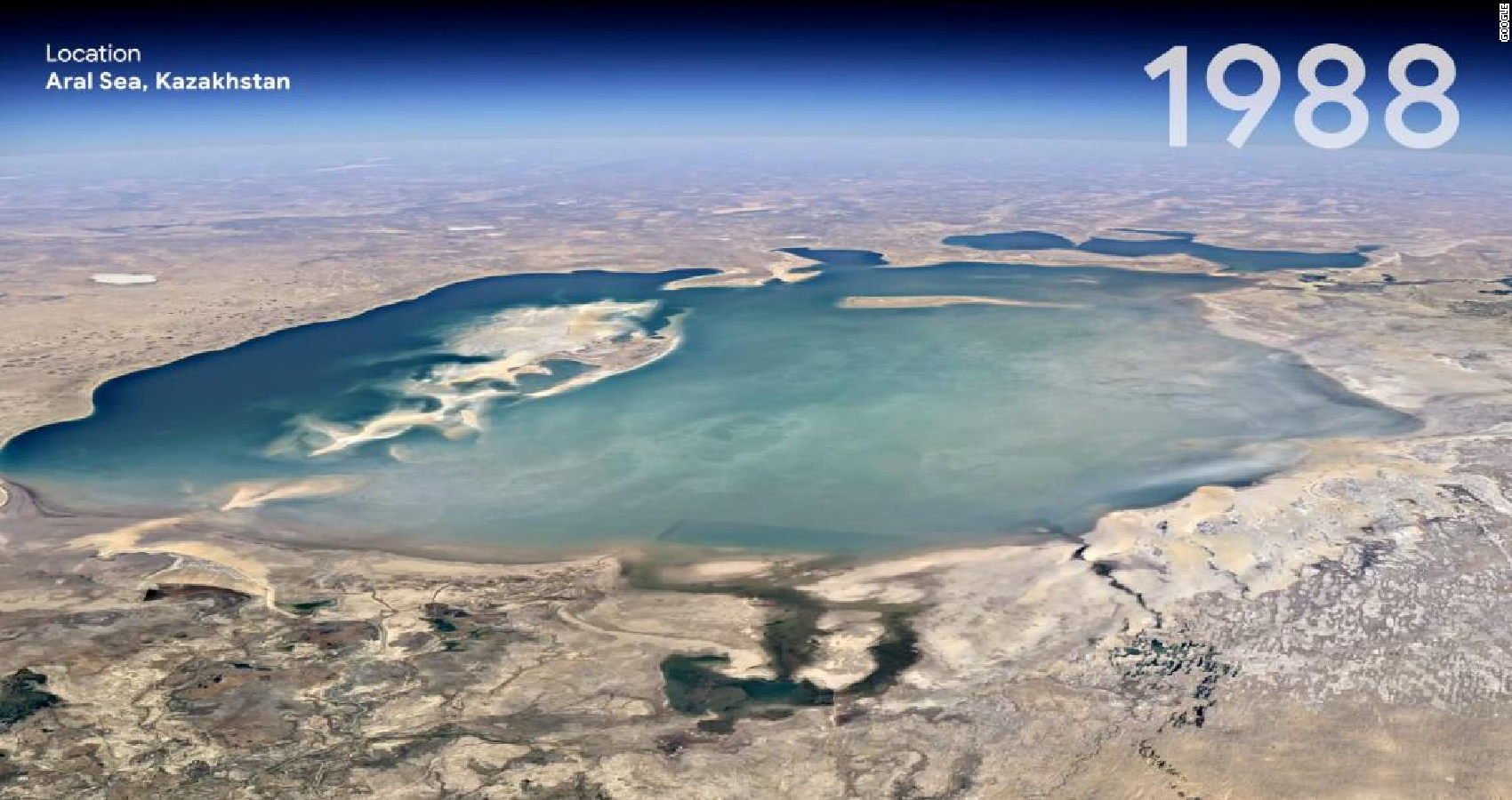

 Indian government sources said the South Asian country was unlikely to bind itself to the 2050 goal as its energy demand was projected to grow more than that of any other country over the next two decades.
Indian government sources said the South Asian country was unlikely to bind itself to the 2050 goal as its energy demand was projected to grow more than that of any other country over the next two decades.

 This year’s bloom is also the earliest since the Japan Meteorological Agency started collecting the data in 1953 and 10 days ahead of the 30-year average. Similar records were set this year in more than a dozen cities across Japan.
This year’s bloom is also the earliest since the Japan Meteorological Agency started collecting the data in 1953 and 10 days ahead of the 30-year average. Similar records were set this year in more than a dozen cities across Japan.





